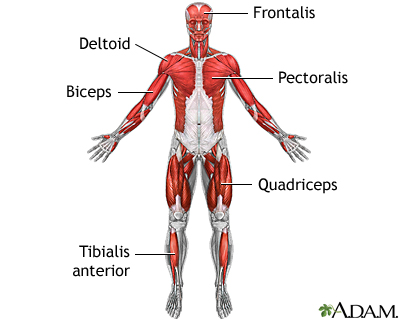
There are 27 bones in each hand, with 8 in the wrist, 5 in the palm, and 14 in the fingers and the thumb. There are three bones in each finger, and 2 in the thumb. The distal phalanx, middle and the proximal phalanx are the bones that make up the fingers, although the thumb does not have a middle phalanx. While typing this, I believe I used all my finger-bones, although I might not have used my metacarpals, which are the bones that connect your fingers to your wrist.
-- Michael Collins






